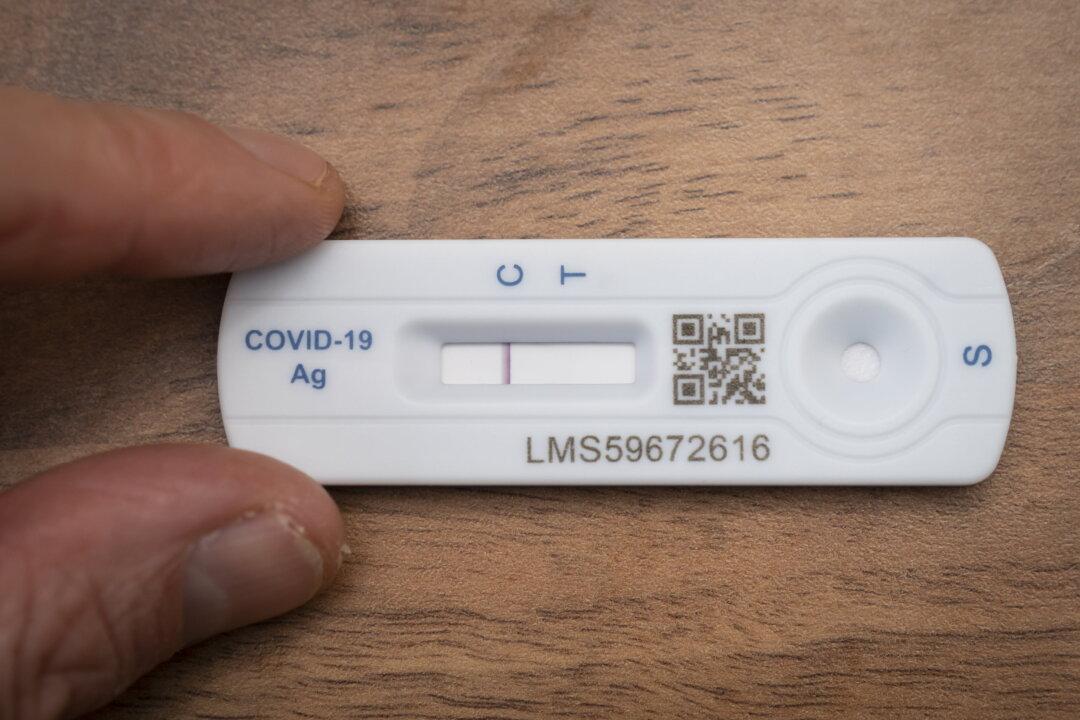The UK Health Security Agency (UKHSA) has said that it will stop publishing modelled projections of COVID-19 hospitalisations and deaths as the publication of such is “no longer necessary.”
In its latest publication of the data on Dec. 23, the UKHSA Epidemiology Modelling Review Group (EMRG) stated that the next publication of its medium-term projections for COVID-19 hospitalisations and deaths, which is scheduled on Jan. 6, will be the end of the biweekly publication.





